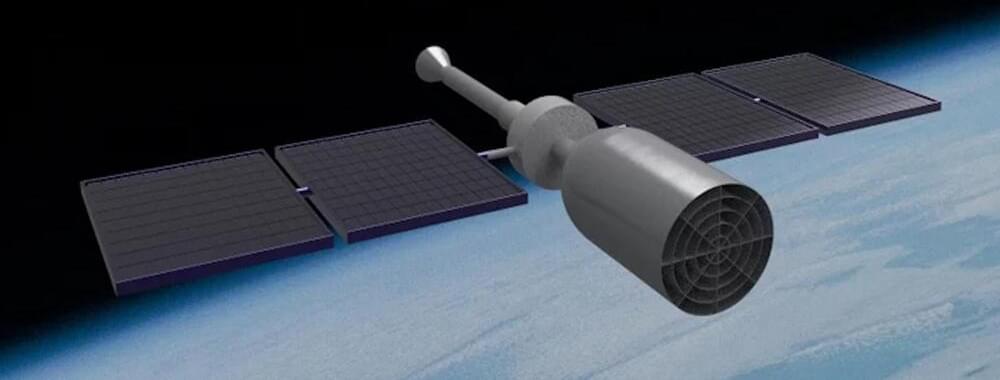Feb 19, 2024
Sun Bear Solar Farm Will Be Eight Miles Long, One Mile Wide, And Have Two Million Solar Panels
Posted by Genevieve Klien in categories: solar power, sustainability
Sun Bear, an enormous solar and battery storage installation in the Four Corners region of Colorado, will have more than two million solar panels spread across 5,500 acres of land belonging to the Ute Mountain Ute Tribe, part of the Weenuche Band of the Ute Nation. The primary developer is the Canigou Group, which styles itself as a global leader in renewable energy. “We are active throughout Europe, Australia and North America where we work with partners at the local level to provide a holistic solution,” it says on its website. The Sun Bear facility will cost up to $1.5 billion and produce peak power of 975 MW. There is no information currently available about the size of the battery storage system or who will supply the batteries for it.
There are several reasons why the site in southwest Colorado, which borders New Mexico, Arizona, and Utah, was chosen for this large scale solar project. Carigou Group says “Sun Bear is well positioned for harnessing the sun with its large unobstructed sky, high annual solar irradiance, and low seasonal variability. The site is located close to a confluence of transmission systems which provide access to customers via both transmission and distribution interconnection.”

















